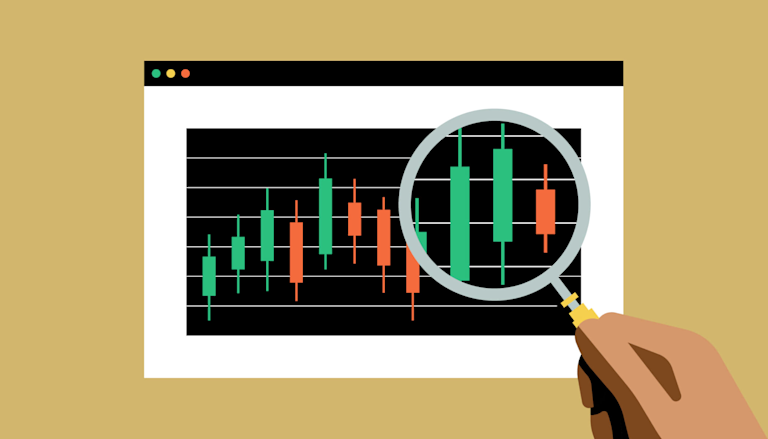
The Ultimate Guide to Your Crypto Trading Journal: Master Your Trades
In the fast-paced world of cryptocurrency trading, maintaining a well-documented Crypto Trading Journal visit website trading journal is crucial for achieving long-term success. A crypto trading journal is essentially a ledger that tracks your trades—documenting everything from entry and exit points to emotional states at the time of trading. What may seem like a tedious task can actually offer substantial advantages to traders, both novice and seasoned alike. In this article, we will explore the importance of a crypto trading journal, how to create one, and the best practices to optimize its benefits.
Why a Crypto Trading Journal Matters
One of the primary reasons for keeping a trading journal is accountability. By freely documenting your trades, you create a record that prompts you to evaluate your strategies critically. You’ll be able to see patterns in your successes and failures, which can significantly enhance your decision-making process. Furthermore, when you make a mistake, your journal allows you to reflect and learn from it instead of simply moving on and making the same error in the future.
Key Benefits of Keeping a Crypto Trading Journal
- Performance Tracking: Regularly reviewing your trades helps identify what strategies work best and what doesn’t.
- Emotional Awareness: Keeping track of your mental state during trades allows you to understand how emotions affect your trading habits.
- Learning Opportunities: The journal provides a wealth of information that can be analyzed to refine your strategies.
- Goal Setting: A journal can help you set specific goals for improvement based on reflections of your past trades.
- Stress Reduction: Having a structured approach to trading can alleviate anxiety, as it promotes discipline and informed decision-making.

How to Start Your Crypto Trading Journal
Creating a crypto trading journal is simpler than you might think. Follow these steps to get started:
- Choose Your Medium: Decide whether you prefer a digital journal or a physical one. Digital options may include spreadsheets, specialized software, or even mobile apps.
- Determine Key Metrics: Decide on the essential metrics you want to track in your journal. This often includes date, cryptocurrency, entry price, exit price, trade duration, and profit/loss.
- Add Emotional Tracking: Incorporate a section for documenting your emotional state during and after the trade. Note feelings of excitement, fear, or anxiety that may have influenced your decisions.
- Record Regularly: Make it a habit to fill in your journal immediately after each trade. This guarantees accuracy and allows you to capture your feelings right after the trade occurs.
- Review Consistently: Schedule time weekly or monthly to review your journal entries. Look for patterns, consistency, and areas for improvement.
What to Include in Your Crypto Trading Journal
While it can be tempting to jot down the basics, a well-rounded crypto trading journal should contain comprehensive information that allows for deeper insights:
- Date and Time: Mark when the trade was executed.
- Cryptocurrency: Indicate the specific crypto asset you traded.
- Trade Size: Note how much crypto or fiat money was involved in the transaction.
- Entry Price: Record the price at which you entered the trade.
- Exit Price: Document the price at which you exited the trade.
- Profit/Loss: Specify the gains or losses incurred.
- Strategy Used: Describe the trading strategy applied for the trade.
- Emotions: Note any emotions felt during the trade like fear of missing out (FOMO), greed, etc.
- Market Conditions: Capture the general market sentiment or news that may have influenced your trade.
Analyzing Your Crypto Trading Journal

Simply keeping a journal isn’t enough; thorough analysis is necessary to derive meaningful insights. Here’s how to analyze your journal effectively:
- Identify Patterns: Look for recurring successes or mistakes. Are there specific trading strategies that yield rewards? Are there emotional states that coincide with losing trades?
- Set Goals: Based on your findings, set attainable goals for improvement. If you notice emotional issues are affecting your trading judgment, set a goal to work on emotional regulation.
- Adjust Strategies: Modify or alter your trading strategies based on your performance. Aim to be adaptable to the lessons learned from your trades.
- Seek Feedback: Consider sharing insights from your journal with trading communities or mentors. They may provide additional perspectives that can lead to profound improvements.
Best Practices for Maintaining Your Trading Journal
To make the most out of your crypto trading journal, keep these best practices in mind:
- Consistency is Key: Journal diligently. Inconsistent entries can render the journal less useful.
- Be Honest: Document your emotional states accurately, even if you feel embarrassed about mistakes.
- Stay Informed: Include relevant news or events in your journal that could affect cryptocurrency prices.
- Use Metrics: Analyze key performance indicators (KPIs) to track overall performance over time.
Conclusion
A crypto trading journal is an essential tool for anyone serious about trading cryptocurrencies. By keeping detailed records of your trades and reflecting on your performance, you can significantly enhance your trading skills, reduce emotional trading errors, and develop more effective strategies. While it may require some effort to begin, the insights you gain will be invaluable. Start your trading journal today and watch as your trading skillset transforms over time!
